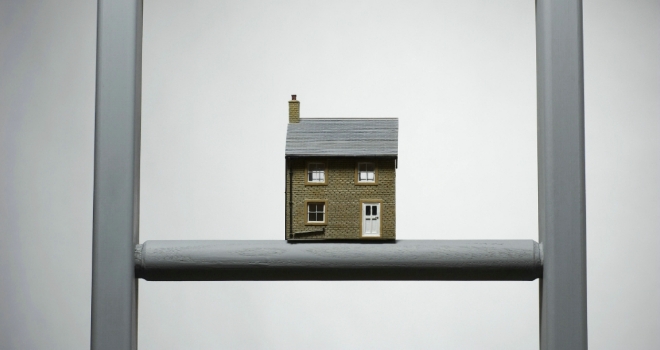
"What’s most apparent is the out-of-kilter nature of the market when it comes to the growing number of those in their later years versus the level of suitable downsizing accommodation available to them"
Research from estate and lettings agent, Barrows and Forrester, analysed the change in both population figures and housing stock since 2012 across a range of age brackets and property types, to reveal which levels of the market are feeling the strain due to an imbalance between the two.
Those facing arguably the toughest task when climbing the ladder are the nation’s first-time buyers and while the average first-time buyer previously made it onto the ladder at 32, recent figures from First Direct have shown that this is now fast approaching 40, already sitting at 37 today.
FTB stock surplus
However, the research by Barrows and Forrester shows that while they face the toughest task, 29 to 40-year-olds make up just a quarter of the current population aged 29 or over, with this segment of the population increasing by just 9% since 2012.
Despite this, the delivery of FTB-suitable homes reaching the market seems to be the primary focus where housing delivery is concerned.
Since 2021, there has been a 17.6% increase in flat stock levels, now accounting for 23% of total housing stock - the third largest of all property types.
Terraced homes, also popular amongst FTBs, have seen just a 1.9% increase in stock, but account for the largest proportion of total stock at 27%.
Lack of larger homes
In contrast, the number of 41 to 64-year-olds has increased by just 4.9% since 2012. While this may be the lowest increase of the population segments analysed by Barrows and Forrester, they account for 47% of the population aged 29 or over.
However, the levels of larger homes within the market are some of the lowest. While semi-detached properties account for a quarter of all housing stock, the level of semi-detached stock has actually declined since 2012, down by -0.8%.
The number of detached homes has increased by just 5.3% since 2012 and accounts for just 18% of the total market stock.
Downsizing stock depletion
Finally, Barrows and Forrest found that the number of over 65s has increased by 15.6% since 2012, to almost 10.5m versus almost 9.3m of those at first-time buyer age (29 to 40). As a result, they now account for almost a third (28%) of all those above the age of 29.
Those above the age of 65 are most likely to be considering downsizing their home in their latest years and when doing so, a bungalow is often the most popular choice.
However, as it stands, bungalows account for just 7% of all housing stock, having seen a -13.4% reduction since 2012.
James Forrester, Managing Director of Barrows and Forrester, commented: “Buyers at all levels of the market will have a variety of needs and preferences that dictate the type of house they want to purchase, but generally speaking, we’ve seen a greater emphasis on the delivery of suitable homes for first-time buyers in recent years, while the rest of the market has been somewhat neglected.
"This is despite the fact that first-time buyers make up the smallest proportion of buyers compared to those climbing further up the ladder, with second and third-rung buyers accounting for the largest proportion but contending with a lower level of choice when it comes to the stock available.
"What’s most apparent is the out-of-kilter nature of the market when it comes to the growing number of those in their later years versus the level of suitable downsizing accommodation available to them.
"Of course, it’s not as clear cut as assuming that every downsizer will want to opt for a bungalow, but they are extremely popular as they offer the space and independence associated with a house but on a more accessible, manageable level.
"But despite a 15.6% increase in those over the age of 65, the number of bungalows available has actually dropped quite notably. So what we currently have is an excess of first-time buyer homes, while an ageing population are struggling to climb further up the ladder.
"If we want to encourage downsizers, in particular, to move on and free up larger homes for growing families, they not only have to be encouraged, but we need to have the right housing available for them to do so.”





